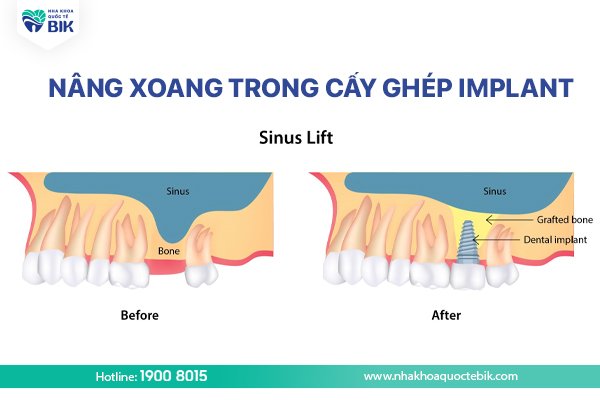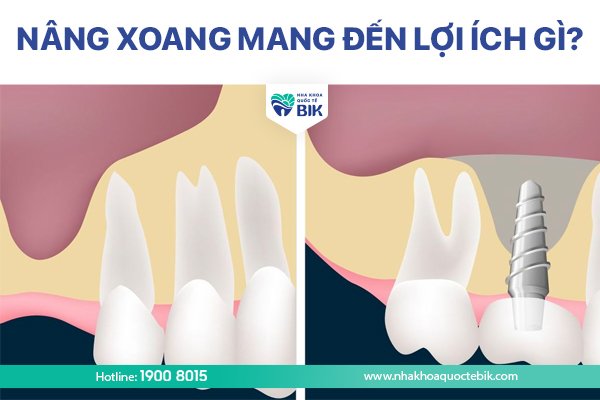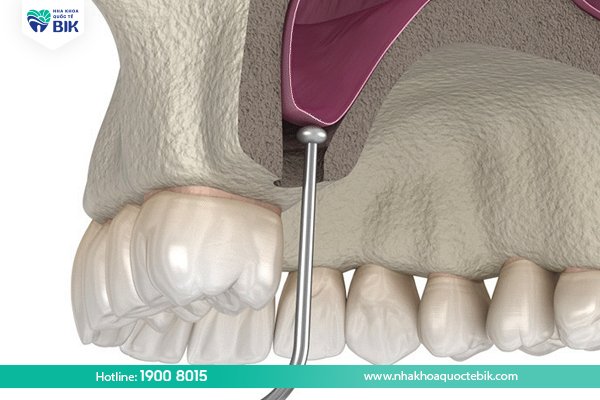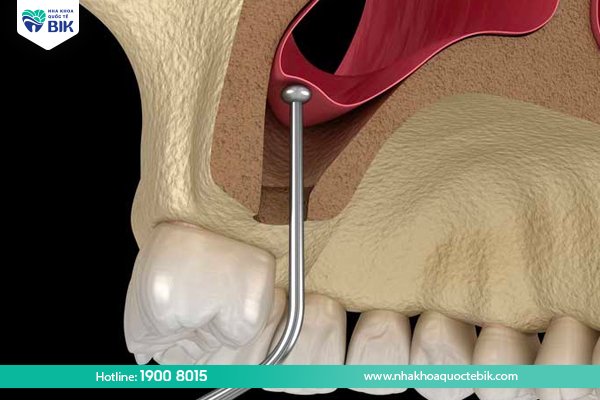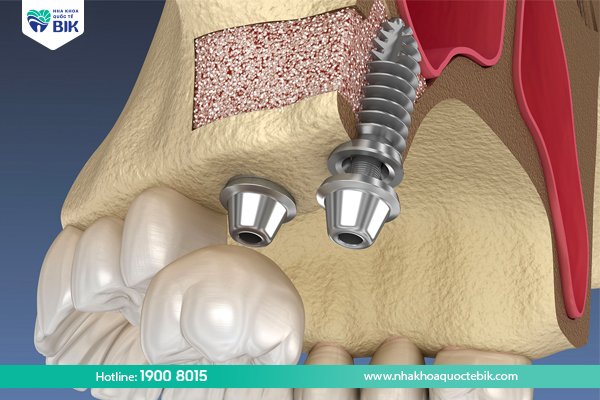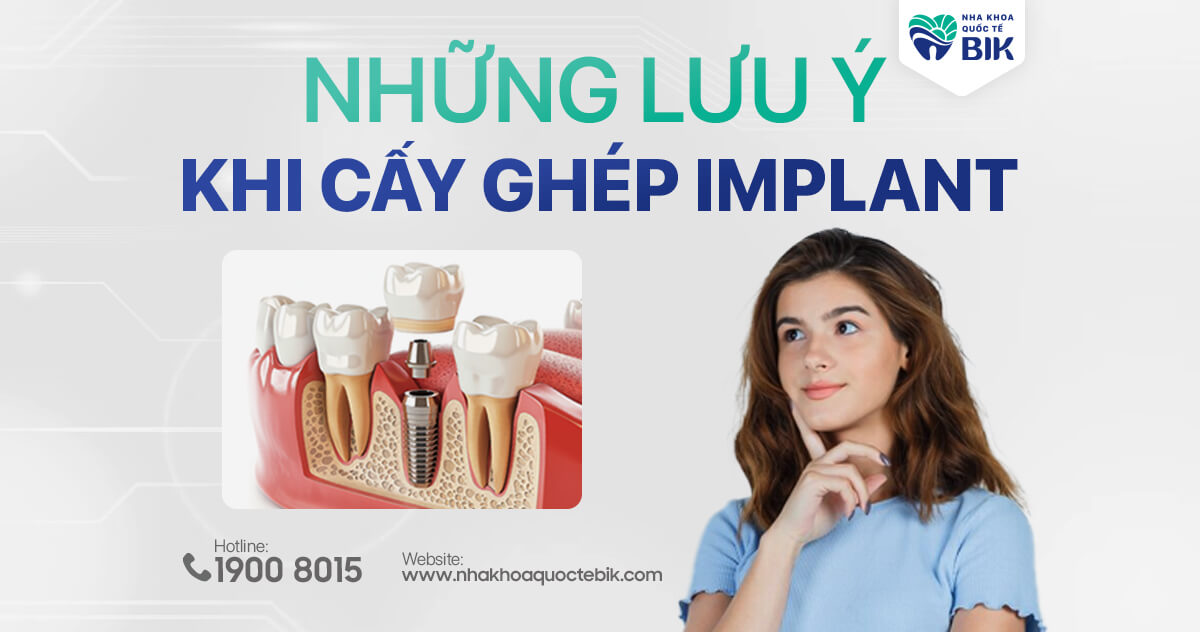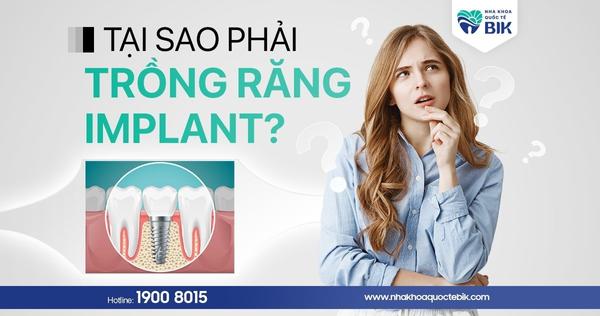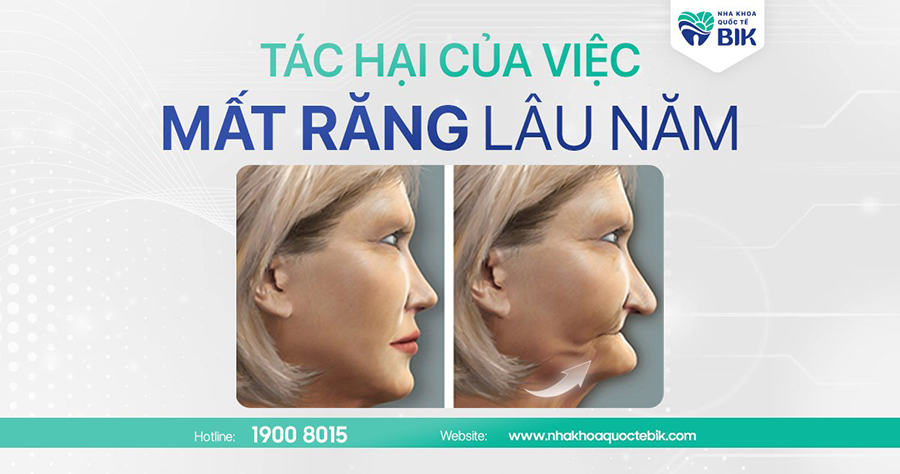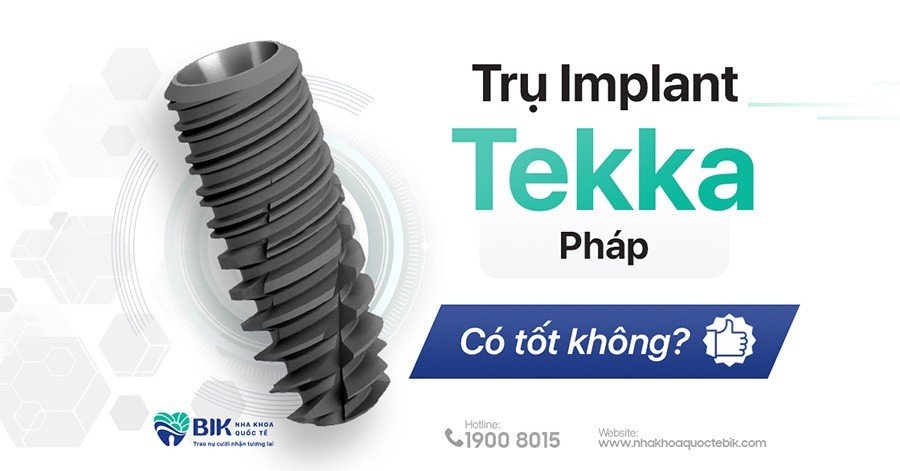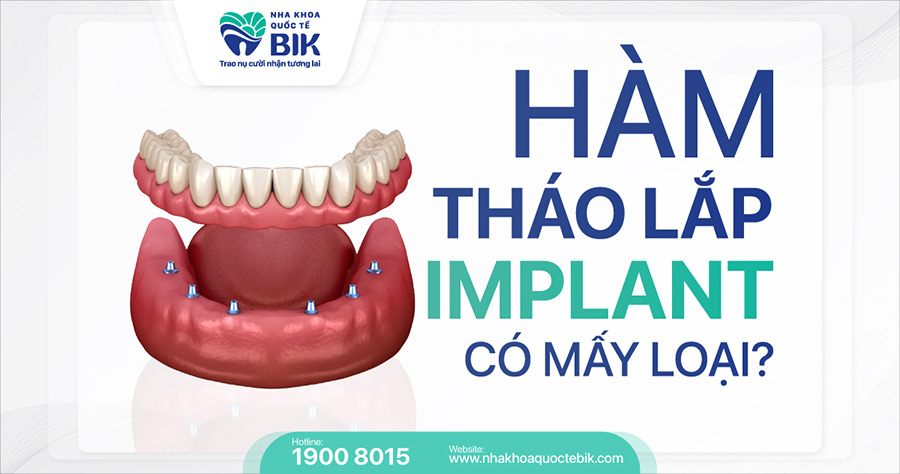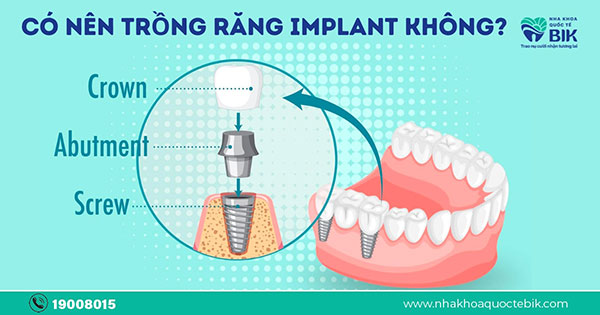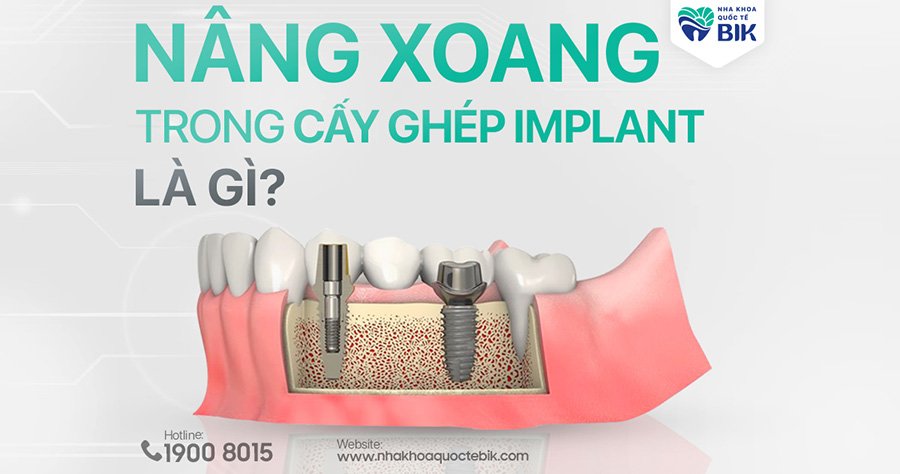
In cases of long-term tooth loss, the jawbone will be atrophied, gradually losing height, width and bone density is no longer as dense as before. At this time, the doctor cannot perform dental implant because the bone is too weak to hold the implant firmly. In this case, the customer needs to perform sinus lift and bone grafting to increase the volume, density and length so that the jawbone meets the standard conditions for implant placement.
1. What is sinus lift in implant placement?
For people who have lost teeth for a long time, the bone in the empty position will gradually disappear, causing the maxillary sinus to become lower, making it difficult to place the Implant. Sinus lift is a procedure to increase the volume of the jawbone, helping the jaw to have enough height, density and volume to perform Implant placement. Sinus lift is often indicated when performing Implant placement for the upper jaw area, especially teeth number 6 and number 7, supporting the Implant to be firmly integrated with the jawbone without being rejected.
Patients will need to perform sinus lift in the following cases:
– The upper jaw bone has not been resorbed too much but is still not qualified for implant placement
– The bone has been resorbed too much due to long-term tooth loss, the bone density is thin, causing the sinus bone to sink too deeply
– The maxillary sinus creates pressure on the upper jaw bone for a long time, causing the jaw bone to resorb and expand
2. Common bone grafting sinus lift techniques today
Currently, there are 2 common sinus lift methods indicated for different oral cases:
2.1. Closed sinus lift
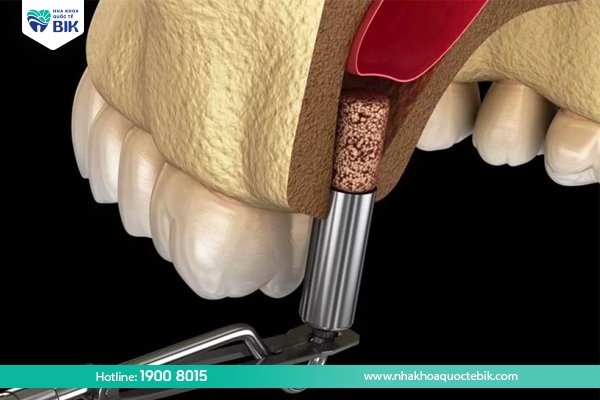
Closed sinus lift is a sinus lift technique through the implant hole. With this method, the doctor will make an incision on the gum to the bone area at the location where the sinus lift is needed, then create a small hole in the bone to lift the sinus membrane. Artificial bone will be inserted to fill the gap between the jaw bone and the newly lifted sinus membrane.
Closed sinus lift is applied in cases where the remaining bone height is from 4-8mm and must ensure the following conditions: The sinus floor is not rough or fibrous; The sinus membrane is not too thick, has no deformities; There is no fluid in the sinus. In addition, this method is only really suitable for the condition of the maxillary sinus not being too low or the amount of bone added is not too much because this technique does not involve too much surgery.
2.2. Open sinus lift
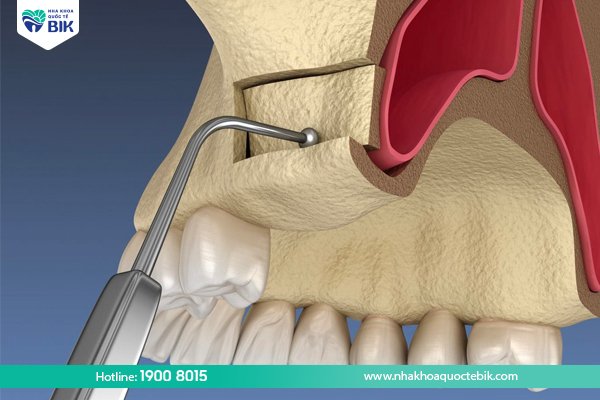
This method is also known as the lateral window sinus lift technique. To perform an open sinus lift, the doctor will make an incision in the gum area next to the missing tooth and lift the sinus floor as well as add jaw bone through this position. This technique is easy to manipulate and easy to control the sinus floor, but the level of invasion is large, so there is often a lot of swelling and pain after the procedure.
Open sinus lift is often indicated in cases of severe bone loss, remaining bone height less than 3mm, rough sinus floor, fibrosis, septum or sinus fluid, sinusitis,…
3. What are the benefits of sinus lift?
Sinus lift before implant placement can bring the following benefits:
3.1. Protect the jaw bone
Sinus lift will increase the horizontal size and bone height upwards. From there, it is ensured that the implant will not damage the jawbone when implanted and is firmly fixed to withstand the force when chewing.
3.2. Avoiding the rejection of the implant
Bone grafting sinus lift helps the upper jaw bone have enough volume, density and mass to perform implant placement. At this time, the implant will be integrated into the jawbone stably over time, avoiding complications of implant rejection, which will take more time and cost to replace the new implant.
4. Contraindications to sinus lift
Although it plays an important role in the implant process, especially for people who have lost teeth for a long time, and brings outstanding benefits, sinus lift and bone grafting are often contraindicated in the following cases:
– Patients under 18 years old
– Patients with acute infections in the oral cavity
– Insufficient intermaxillary space for implant restoration
– Patients with oral diseases that need to be completely treated before sinus lift and implant placement
5. How does the sinus lift and bone grafting process take place?
The closed and open sinus lift and bone grafting processes will be slightly different:
5.1. Closed sinus lift procedure
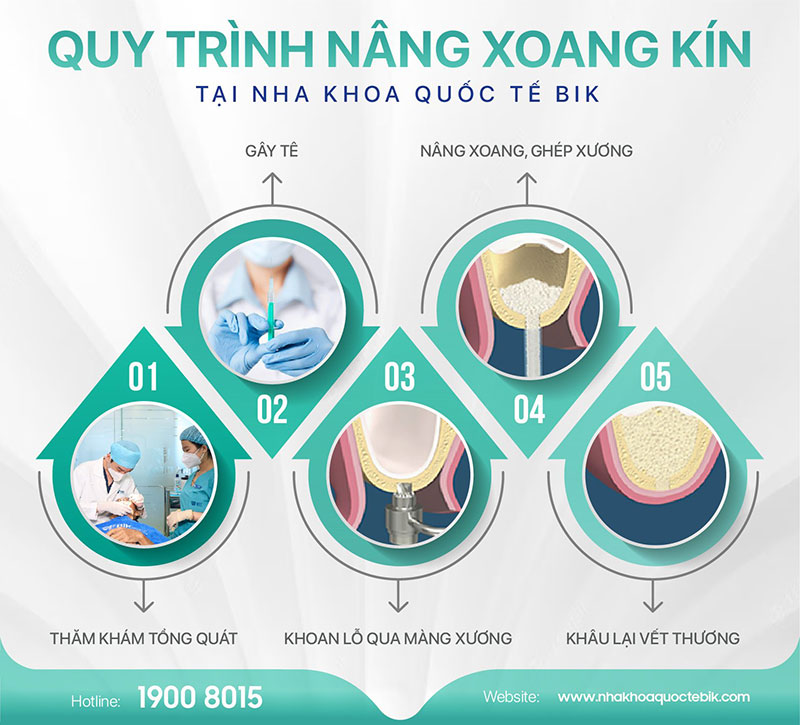
The closed sinus lift procedure includes the following basic steps:
5.1.1. General examination
First, the doctor will conduct a general oral health examination as well as conduct a CT scan to determine the patient’s sinus condition. From the results obtained, the doctor can conclude the level of lowering of the maxillary sinus, whether there is fibrosis, roughness, or deformity, and provide a detailed and specific treatment regimen for each different case.
5.1.2. Anesthesia
After being sterilized and cleaned through steps such as scaling and cleaning the oral cavity to ensure that the minor surgery takes place in a sterile environment. Then, anesthetic will be injected into the position where the sinus lift is needed to minimize pain.
5.1.3. Drilling through the periosteum
The doctor will drill a small hole with a diameter of about 3.6mm below the tooth root, creating a passage for medical instruments to reach the bottom of the sinus.
5.1.4. Sinus lift, bone grafting
From the small hole that has been created, the doctor will use a specialized push tube to lift the maxillary sinus higher. Then, artificial bone is injected to fill the gap between the periosteum and the maxillary sinus.
5.1.5. Stitching the wound
The doctor will stitch the gum flap with absorbable sutures and then complete the closed sinus lift and bone grafting process.
5.2. Open sinus lift procedure
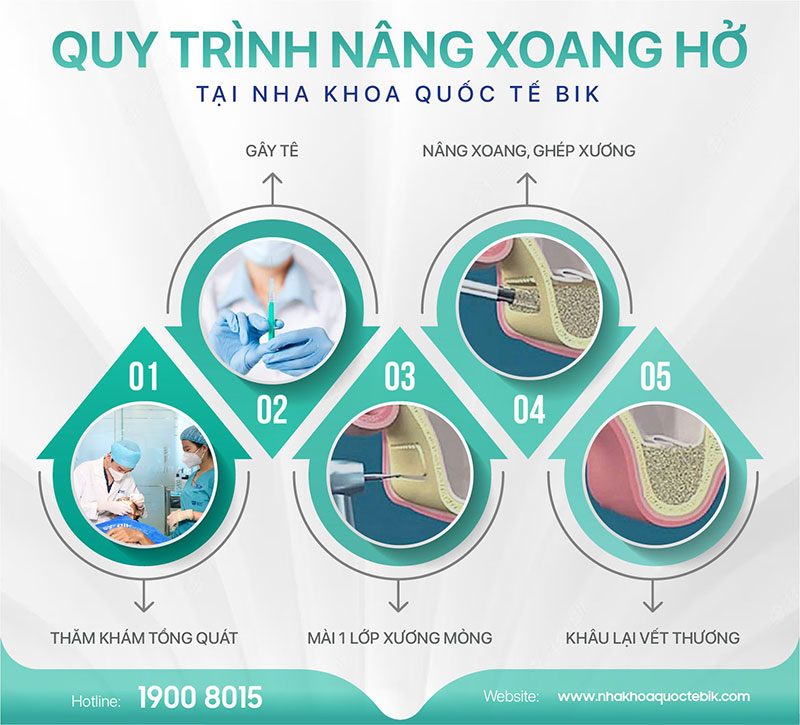
The open sinus lift procedure is as follows:
5.2.1. General examination
The doctor will perform a CT scan to know the specific condition of the maxillary sinus, determine the amount of bone needed for transplantation, then advise and provide a specific treatment plan for the patient.
5.2.2. Anesthesia
The oral cavity will be cleaned to ensure a sterile environment when performing minor surgery. Then, local anesthetic will be injected at the location where the sinus lift is needed to help the customer feel more comfortable and at ease.
5.2.3. Grinding a thin layer of bone
After the mucosa is separated and the bone surface that needs to be implanted is exposed. The doctor will grind a thin layer of bone to be able to contact the sinus membrane.
5.2.4. Sinus lift, bone grafting
The doctor will use specialized dental forceps to impact and gently lift the periosteum, keeping the periosteum in place. At the same time, artificial bone is injected until there is enough quantity and density required for implant placement.
5.2.5. Stitching the wound
The doctor stitches the mucosa and finishes the open sinus lift and bone grafting process.
6. Potential dangers during sinus lift bone grafting
If the doctor performs the procedure incorrectly and carelessly, the following dangerous complications may occur:
6.1. Damage to the sinus membrane
A danger that can occur during the sinus lift is that the sinus membrane is punctured or torn. In this case, the doctor will suture it, but if the procedure is unsuccessful, the treatment will have to be stopped until the wound heals and the sinus is lifted a second time.
6.2. Infection
One of the other risks during sinus lift surgery is infection. If sterile sutures and sterilization are not ensured, this condition is very likely to occur, leading to other serious complications after a successful sinus lift.
7. How long after sinus lift can an implant be placed?
Patients who undergo sinus lift and bone grafting will need to wait for a period of time for the wound to heal completely, the bone and tissue to fully integrate with each other, and for the height and size of the jawbone to reach the standard before they can have an implant.
Usually, the waiting time for the implant placement is 1-6 months depending on each person’s constitution and bone integration ability. In a few other cases, it is possible to perform an implant at the same time as a sinus lift and bone graft. This needs to be carefully considered and planned by the doctor.
Therefore, a sinus lift and bone graft is a very important technique before performing an implant, especially for cases of long-term tooth loss. This technique helps increase density and volume to help the jawbone meet the conditions for dental implants. To learn more about this method as well as to know whether you need a sinus lift before implanting an implant, customers can go to BIK International Dental Clinic to be examined and consulted for free by a specialist.

